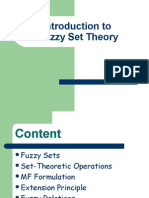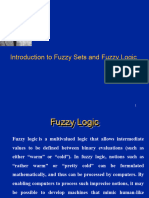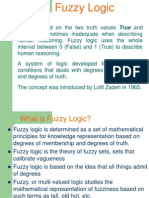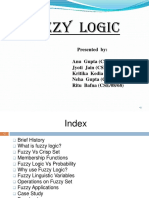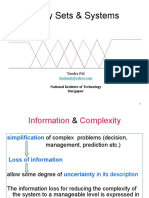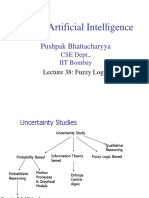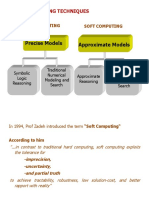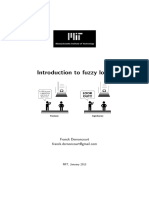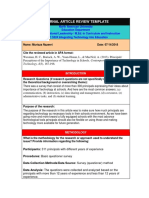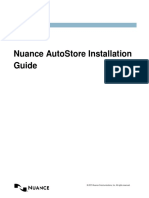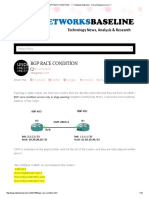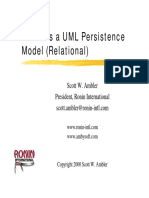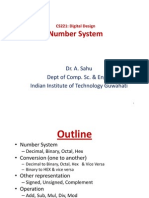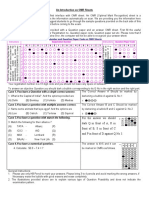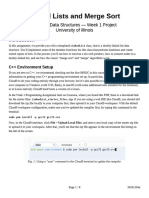0% found this document useful (0 votes)
18 views17 pagesSoft Computing
Fuzzy logic is a soft computing concept that allows reasoning with degrees of truth, enabling decision-making under uncertainty. It utilizes fuzzy sets and membership functions to handle vagueness, with applications in various fields such as automation, medical diagnosis, and self-driving cars. The document also covers operations on fuzzy sets, fuzzy rules, and defuzzification techniques to convert fuzzy outputs into crisp values.
Uploaded by
mriya4740Copyright
© © All Rights Reserved
We take content rights seriously. If you suspect this is your content, claim it here.
Available Formats
Download as PDF, TXT or read online on Scribd
0% found this document useful (0 votes)
18 views17 pagesSoft Computing
Fuzzy logic is a soft computing concept that allows reasoning with degrees of truth, enabling decision-making under uncertainty. It utilizes fuzzy sets and membership functions to handle vagueness, with applications in various fields such as automation, medical diagnosis, and self-driving cars. The document also covers operations on fuzzy sets, fuzzy rules, and defuzzification techniques to convert fuzzy outputs into crisp values.
Uploaded by
mriya4740Copyright
© © All Rights Reserved
We take content rights seriously. If you suspect this is your content, claim it here.
Available Formats
Download as PDF, TXT or read online on Scribd
/ 17










